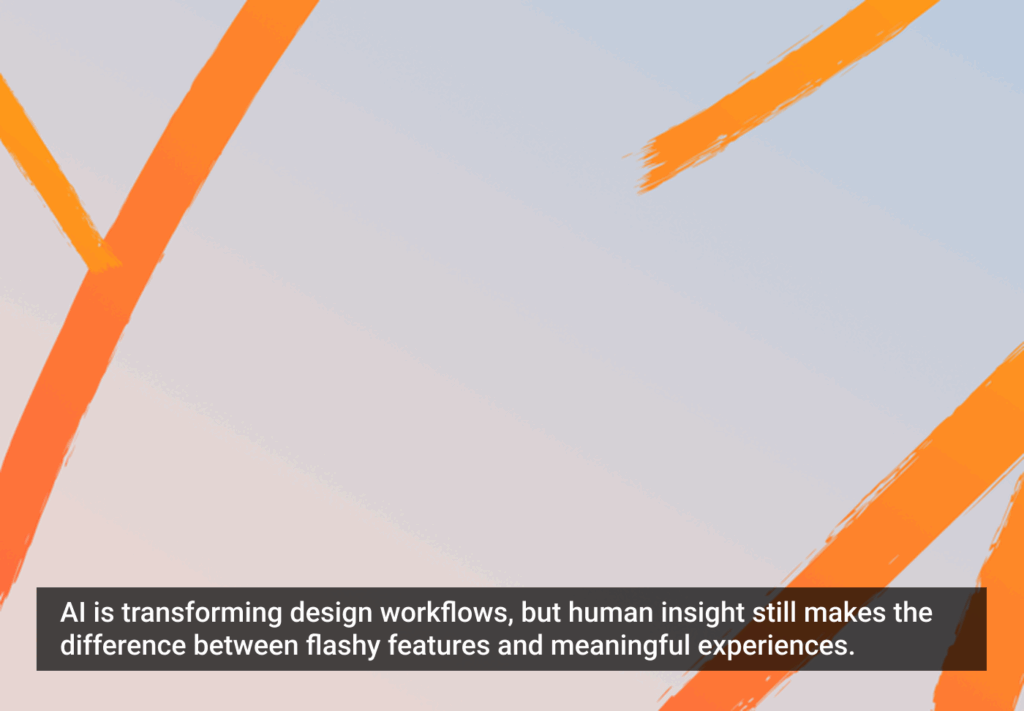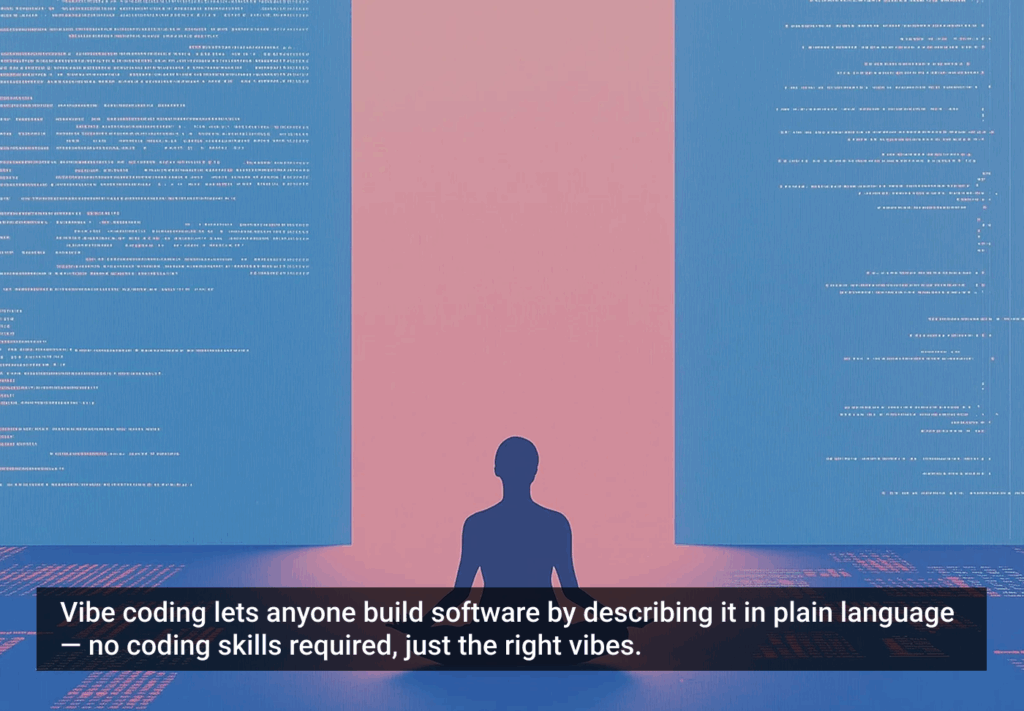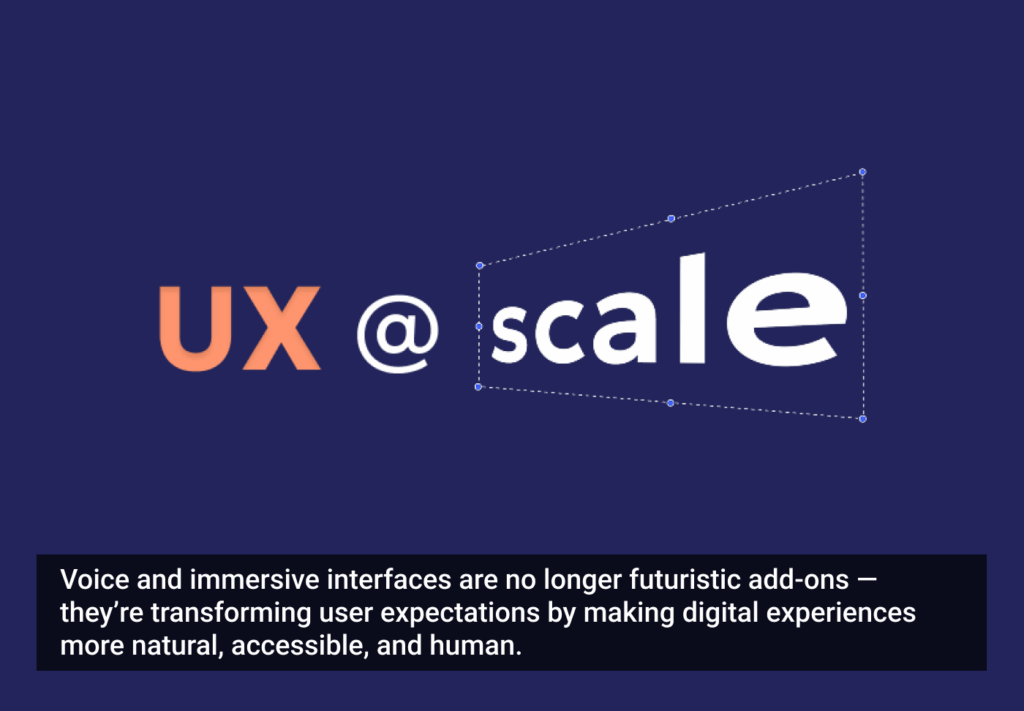In Conversation with UX Magazine brings you a discussion with Alfonso de La Nuez, CEO of UserZoom. We talk about the importance of user testing, why designers can’t catch a break, the best ways to recruit users, and what UserZoom is all about.
In your experience, what are some of the top drivers fueling customer decisions?
My philosophy about research and design is that you can’t rely on one source of data. You can’t rely on web analytics or surveys, and other random data captured here and there. The best companies triangulate, using qualitative and quantitative data. The most mature UX organizations run multiple types of studies, depending on research goals.
If you want to recruit users off your website, first try and see what they’re trying to do. Put in an intercept layer asking them if they’d like to do a survey. Sometimes they’re seen as bothersome, but the fact is there’s a way for teams to collect actual visitors.
Why do you think it’s important for companies to do user testing? How does that impact design?
I’m very passionate about this, because it’s something that has always attracted me. Ever since the web was born, I thought it was good marketing to be user-centric. When we started building websites, we never really focused on the end user and usability – none of that was a priority.
Research is an inspiration for developers and designers to make clear decisions
It’s important to point out that by including user research into your design methodology, you’re making decisions based on actual facts. To answer your point, the end user today is very empowered and has such a strong voice. It’s so easy for them to go to the competitor or erase that app or go to another app. There’s a direct link between design and financial results.
Take a look at design and development teams, they’re just under a lot of pressure. I know, my wife’s a designer for apps and designers are beat down like crazy. Design is never really cared for—everyone has an opinion, and it’s so easy for people to trash or disrespect designers’ work.
Research is an inspiration for developers and designers to make clear decisions, and to disrupt the business, like Uber and Airbnb did. With good design, you’re able to disrupt an industry completely.
It’s important to remember that good design doesn’t just happen—you need to understand the wants and needs of the end consumer and understand as a designer that users are looking for great experiences. A good look and feel is part of the experience—it creates a sense of trustworthiness, a link between usability and trust. If you’re a SaaS business, you have to have great usability, great design, and low churn.
What are some of the best ways to recruit users/panelists?
I would start off by saying that in some cases, you’re okay going to a general panel. It won’t always be close to the target persona but will give you some feedback. Being able to evaluate and review videos will always be useful, even if they are users that have opted to be in a panel.
The second option is to have your own database or private panel. Companies can generate a link for studies and go to their own panel, perhaps a panel of people that have signed up for their newsletters.
The third option is intercepting actual visitors. If you have thousands of people coming in every day, chances are you can get a bunch of people to take a short test. You might be able to get 300, 500 or more to respond to these surveys. The statistics are pretty powerful—you can basically see patterns and distill that data. Depending on your goals, I would say those three are the best way to go.
I’m not against any guerilla usability tactics. For example, if I was an SMB website, why not go around to my friends and send a link to people I know? If you’re a healthcare company targeting physicians but are having difficulty recruiting them, you can get some value from doing guerrilla testing. I’d rather do some research than none at all.
You just have to understand they may not be your target audience. A huge redesign decision is going to cost a lot of money if you forget they’re not your target audience.
I see you offer remote prototype testing. Why do you think companies need to test prototypes with actual users?
We are seeing more prototype testing than website testing today. If you go through the typical design of a website, now you have really powerful tools out there like InVision and UXPin. I see a big market that’s growing. What prototyping tools allow you to do is to create low and high fidelity tools that almost look and feel like a website.
My motto in UX is to test early and often. It used to be the other way around, where you’d deploy and then test much later, but that cost a lot of time and money. Agile includes this ability to be user-centric as we go and get increased collaboration. This way, what you can do is build a prototype quickly test it, continue with the sprint, and then release.
I think if you can prototype test in just a matter of a week or a few days and then get feedback, the product team will love it. We’re talking hours to change a prototype. The value is huge in the early stages.
We actually are testing our own prototypes as we redesign. We have about 25-30 prototypes of what the user experience will be. I wanted the redesign to be a case study: “We did exactly what the UX mature organizations do—build wireframes, get feedback, get 100 responses from survey takes, do qualitative research with 10-15 customers, get multiple sources of inspiration, feedback from users, etc.”
These prototypes are too low fidelity to start testing, but a month from now, basically going to eat our own food, and use UserZoom to have people interact with new prototypes. We’ll see how long it takes to complete tasks and have them reach out with feedback.
What’s the ideal experience users should have on a web page? A mobile app?
I get really, really annoyed (as a UX professional, I get annoyed easily) when you go to a website and it doesn’t really tell you up front what that company does for you. You have to scroll down like crazy to get an initial impression of the site.
So many companies today take [UX] for granted. Let me know what you can do for me, you know? If they don’t do that, they’re not thinking of the end user. Stop the marketing “blah blah blah” and go to what users want. They don’t want another great video of the founder.Sites that don’t do [UX well] will have a homepage that is business based only. But if users are confused and can’t find something, they’ll go somewhere else.
Go directly to the tasks that people want. Do an analysis of the 10-20 tasks that users would want to do, then prioritize based on research and usability testing. Have quant and qual research with hundreds of users to get significant data and understand needs and wants. Do your research and understand what are those main tasks people are trying to do.
We are in an era now where design thinking and UX are having a good time—we’re seeing the value and appreciation that is deserved in our industry. I’ve been in industry for 18 years but I’ve never see anything like it.
What’s your core focus at UserZoom?
We’re about empowering researchers and empowering designers to be able to conduct the research and testing in a cost-effective and agile way. I’ve been in the lab hundreds of times, cofounded a previous startup, but it’s still valuable to be in the lab and do one on one interviews. We want to connect clients with a target audience quickly and cost-effectively.
If you can use a platform like UserZoom, if you can build a study within an hour’s time within a day, detailed, video, social, survey, then designers can make decisions on wireframes and prototypes almost on a weekly basis. That’s our thinking right now–design thinking is key.







